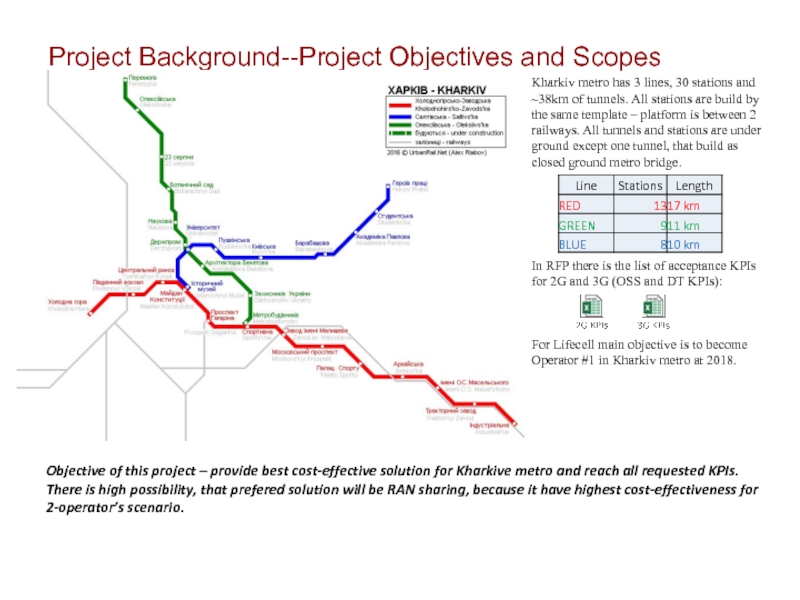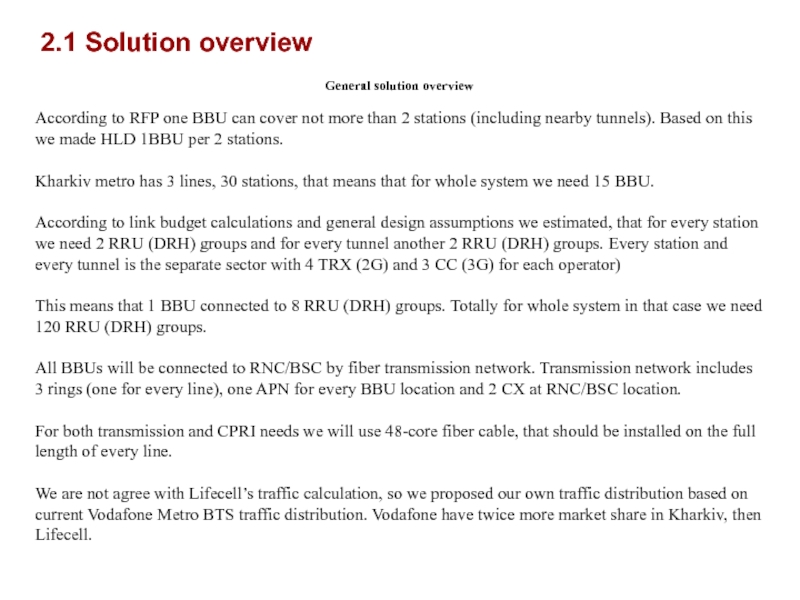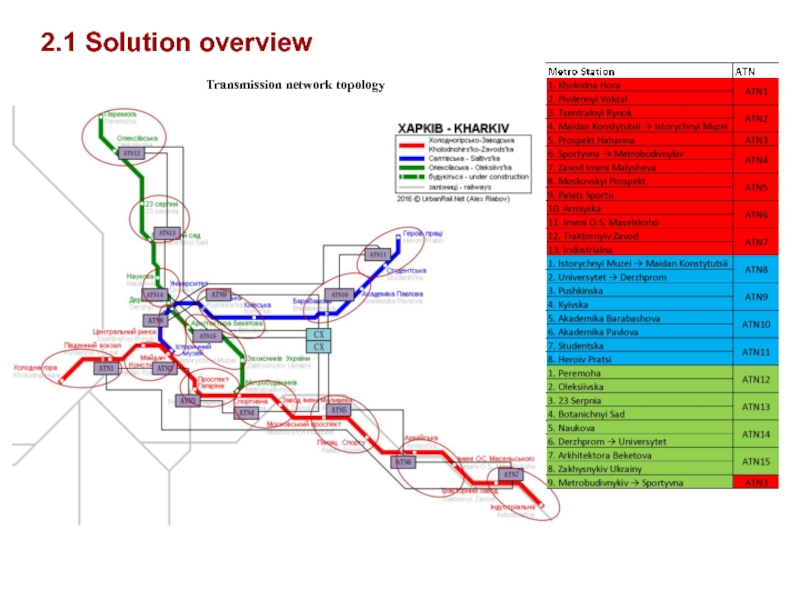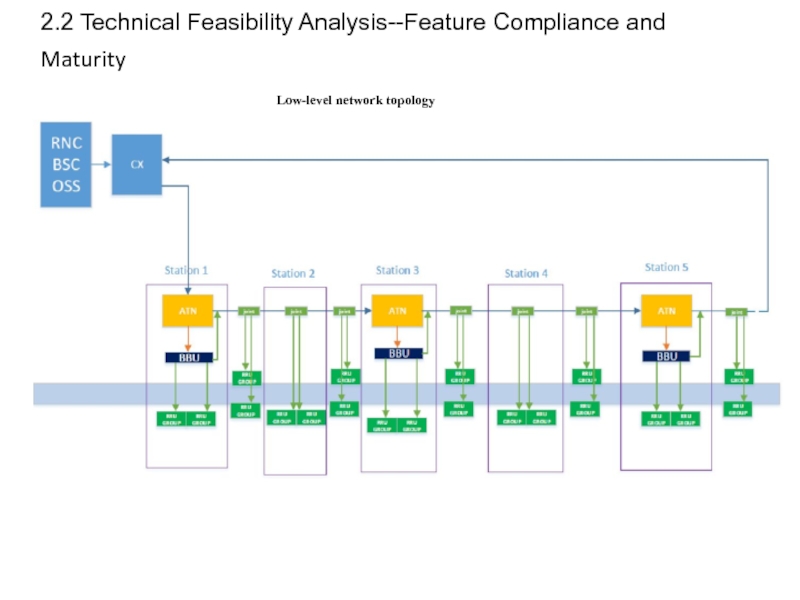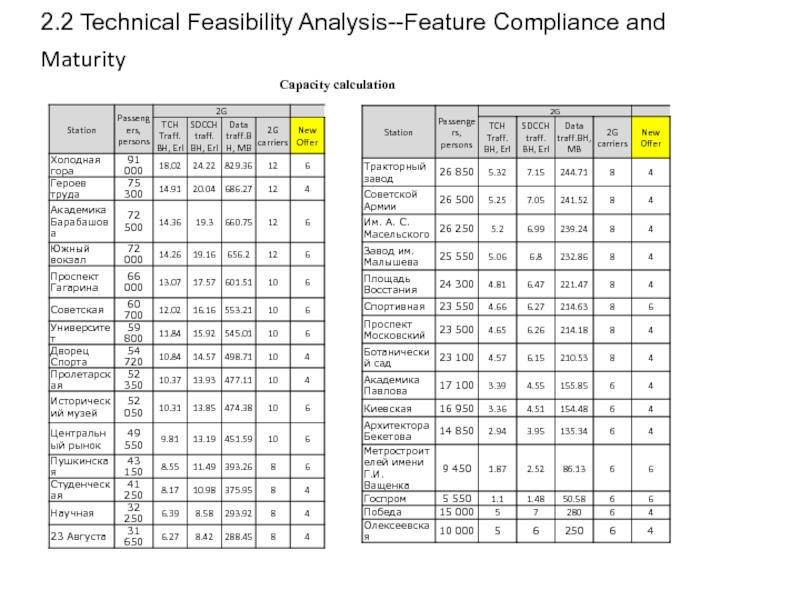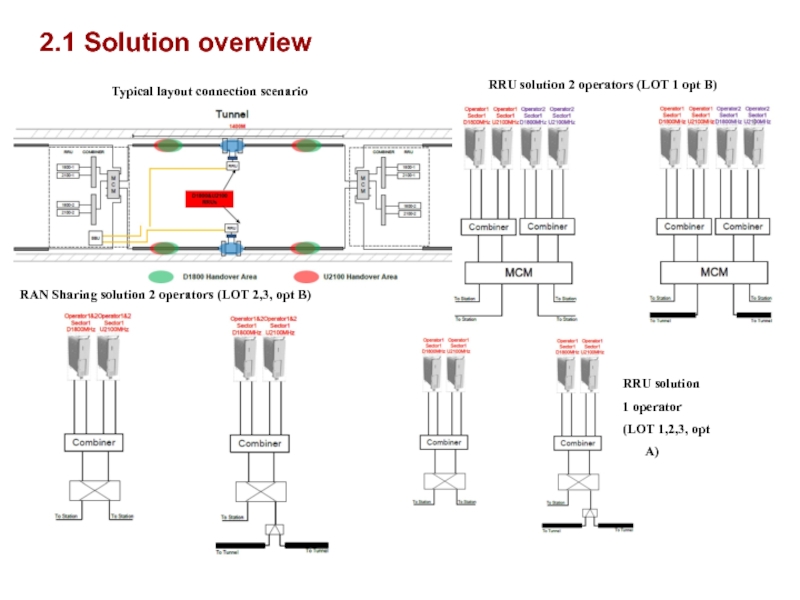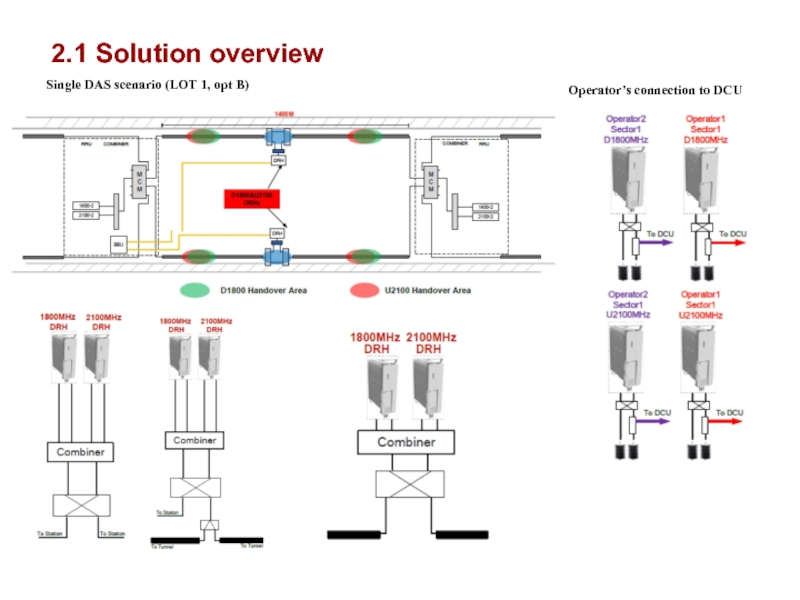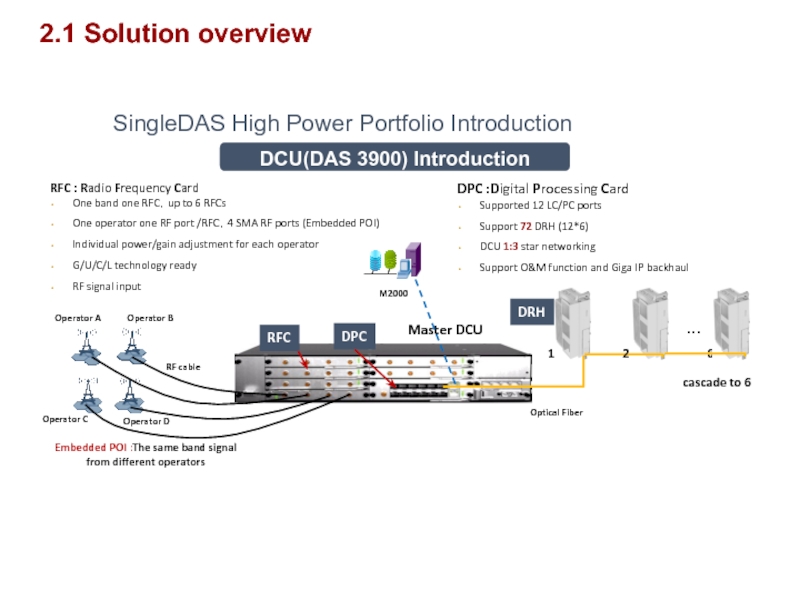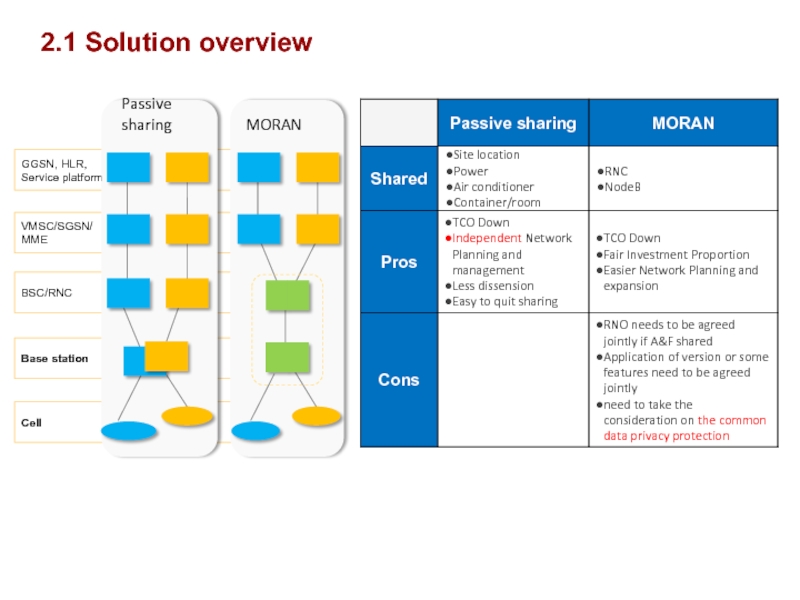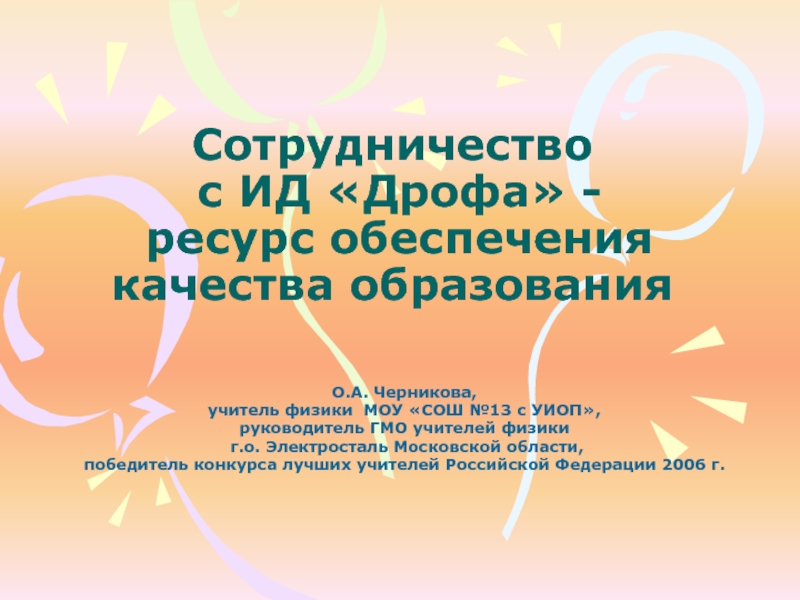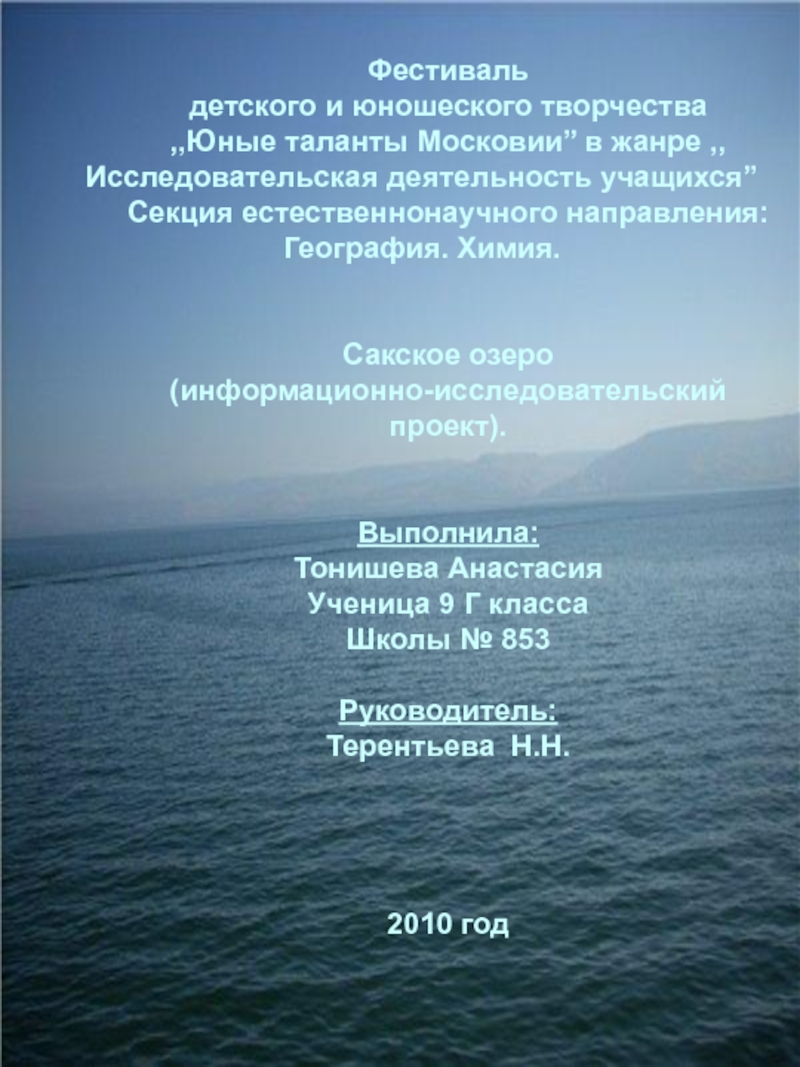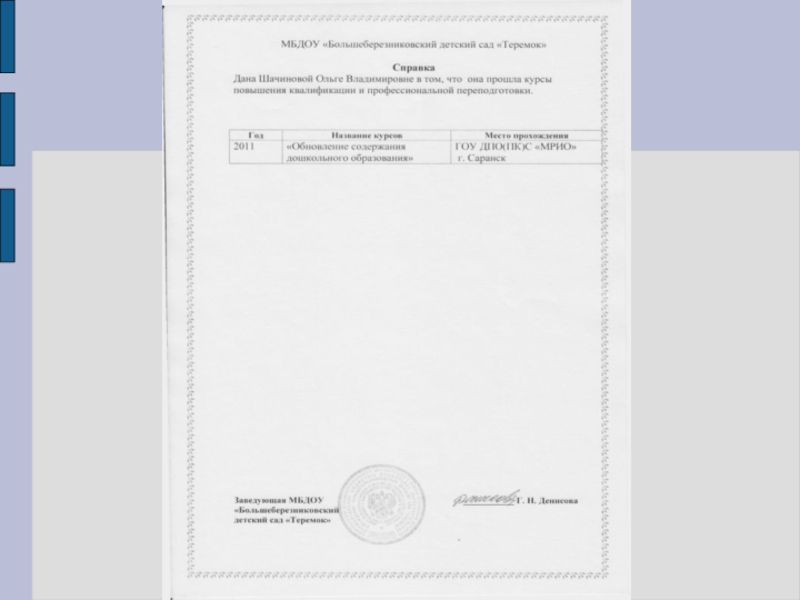Kharkiv metro has 3 lines, 30 stations and ~38km of tunnels. All stations are build by the same template – platform is between 2 railways. All tunnels and stations are under ground except one tunnel, that build as closed ground metro bridge.
In RFP there is the list of acceptance KPIs for 2G and 3G (OSS and DT KPIs):
For Lifecell main objective is to become Operator #1 in Kharkiv metro at 2018.
- Главная
- Разное
- Дизайн
- Бизнес и предпринимательство
- Аналитика
- Образование
- Развлечения
- Красота и здоровье
- Финансы
- Государство
- Путешествия
- Спорт
- Недвижимость
- Армия
- Графика
- Культурология
- Еда и кулинария
- Лингвистика
- Английский язык
- Астрономия
- Алгебра
- Биология
- География
- Детские презентации
- Информатика
- История
- Литература
- Маркетинг
- Математика
- Медицина
- Менеджмент
- Музыка
- МХК
- Немецкий язык
- ОБЖ
- Обществознание
- Окружающий мир
- Педагогика
- Русский язык
- Технология
- Физика
- Философия
- Химия
- Шаблоны, картинки для презентаций
- Экология
- Экономика
- Юриспруденция
Kharkiv metro. Project Background. Project Objectives and Scopes презентация
Содержание
- 1. Kharkiv metro. Project Background. Project Objectives and Scopes
- 2. 2.1 Solution overview General solution overview According
- 3. 2.1 Solution overview Transmission network topology
- 4. 2.2 Technical Feasibility Analysis--Feature Compliance and Maturity Low-level network topology
- 5. 2.2 Technical Feasibility Analysis--Feature Compliance and Maturity Capacity calculation
- 6. RAN Sharing solution 2 operators (LOT
- 7. Single DAS scenario (LOT 1, opt B) Operator’s connection to DCU 2.1 Solution overview
- 8. SingleDAS High Power Portfolio Introduction RFC :
- 9. Cell Base station BSC/RNC VMSC/SGSN/ MME
Слайд 1Project Background--Project Objectives and Scopes
New GSM
Objective of this project – provide
Слайд 22.1 Solution overview
General solution overview
According to RFP one BBU can cover
Kharkiv metro has 3 lines, 30 stations, that means that for whole system we need 15 BBU.
According to link budget calculations and general design assumptions we estimated, that for every station we need 2 RRU (DRH) groups and for every tunnel another 2 RRU (DRH) groups. Every station and every tunnel is the separate sector with 4 TRX (2G) and 3 CC (3G) for each operator)
This means that 1 BBU connected to 8 RRU (DRH) groups. Totally for whole system in that case we need 120 RRU (DRH) groups.
All BBUs will be connected to RNC/BSC by fiber transmission network. Transmission network includes 3 rings (one for every line), one APN for every BBU location and 2 CX at RNC/BSC location.
For both transmission and CPRI needs we will use 48-core fiber cable, that should be installed on the full length of every line.
We are not agree with Lifecell’s traffic calculation, so we proposed our own traffic distribution based on current Vodafone Metro BTS traffic distribution. Vodafone have twice more market share in Kharkiv, then Lifecell.
Слайд 42.2 Technical Feasibility Analysis--Feature Compliance and Maturity
Low-level network topology
Слайд 6
RAN Sharing solution 2 operators (LOT 2,3, opt B)
RRU solution
1
(LOT 1,2,3, opt A)
RRU solution 2 operators (LOT 1 opt B)
Typical layout connection scenario
2.1 Solution overview
Слайд 8SingleDAS High Power Portfolio Introduction
RFC : Radio Frequency Card
One band one
One operator one RF port /RFC,4 SMA RF ports (Embedded POI)
Individual power/gain adjustment for each operator
G/U/C/L technology ready
RF signal input
DPC :Digital Processing Card
Supported 12 LC/PC ports
Support 72 DRH (12*6)
DCU 1:3 star networking
Support O&M function and Giga IP backhaul
DPC
RFC
Embedded POI :The same band signal from different operators
DRH
…
1
6
cascade to 6
Optical Fiber
RF cable
Operator A
Operator B
Operator D
Operator C
2
Master DCU
DCU(DAS 3900) Introduction
2.1 Solution overview
